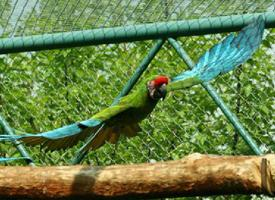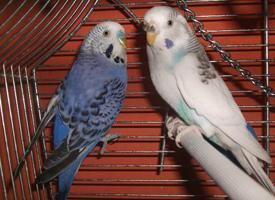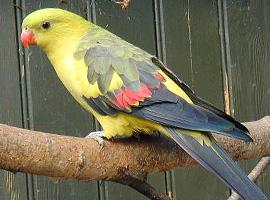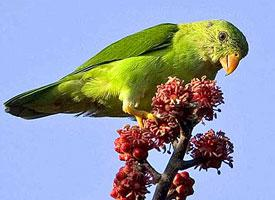
Poids et mesures
| Longueur | 80 cm |
|---|
Données biologiques
| Durée de vie | 60 r |
|---|
Statut de conservation
| Intrépide |
Description de l'animal
The Military Macaw (Ara militaris) is a captivating bird species that belongs to the Psittacidae family, which encompasses parrots, macaws, and other similar birds. This striking species is known for its impressive size, vibrant colors, and sociable nature, making it a favorite among bird enthusiasts and conservationists alike.Adult Military Macaws can reach lengths of up to 70 centimeters (about 27.5 inches), including their long, tapered tails, which contribute significantly to their overall length. They weigh approximately 900 to 1,100 grams (about 2 to 2.4 pounds), with a robust and muscular build that is characteristic of the macaw genus.
The plumage of the Military Macaw is primarily a beautiful shade of green, which serves as excellent camouflage in their natural forest habitats. The head is a slightly paler green compared to the body, creating a subtle, yet attractive contrast. Notably, they possess a distinctive red frontal patch above the beak, and their flight feathers and tail boast a brilliant blue, which adds to their visual appeal when in flight. The area around their eyes is devoid of feathers, revealing a white skin patch that is often lined with small black feathers, giving them a unique appearance. Their strong, curved beak is black, and their feet are gray, equipped with sharp claws that aid in climbing and handling food.
Military Macaws are native to the forests of Central and South America, where they inhabit a range of environments from arid woodlands to humid rainforests. They are typically found at elevations up to 2,500 meters (about 8,200 feet), though this can vary depending on the geographic region. These birds are known for their loud calls, which can be heard over long distances, serving as a means of communication between individuals and alerting the flock to potential threats.
Social creatures by nature, Military Macaws often form strong pair bonds and can be seen flying in small flocks. They are highly intelligent and exhibit a range of behaviors, from playful antics to problem-solving skills, which fascinates researchers and bird lovers alike. Their diet in the wild primarily consists of seeds, fruits, nuts, and occasionally flowers, which they skillfully extract with their powerful beaks.
Unfortunately, the Military Macaw is listed as Vulnerable by the International Union for Conservation of Nature (IUCN), primarily due to habitat loss, illegal pet trade, and deforestation. Conservation efforts are in place to protect their natural habitats and regulate trade, with the hope of ensuring the survival of this magnificent species for future generations to admire.
In summary, the Military Macaw is a remarkable bird, not only for its striking appearance and sociability but also for its intelligence and adaptability. Their presence in the wild is a testament to the incredible diversity of the world's avian species, and their conservation is crucial for maintaining the ecological balance of their native habitats.
Carte de répartition

Animaux similaires
Nouvelles photos d'animaux
Top 10 des animaux
- Dolphin gull (Leucophaeus scoresbii)
- Diana monkey (Cercopithecus diana)
- Moustached guenon (Cercopithecus cephus)
- Galápagos tortoise (Geochelone nigra complex)
- Stone loach (Barbatula barbatula)
- Japanese macaque (Macaca fuscata)
- Russian tortoise (Testudo horsfieldii)
- Greek tortoise (Testudo graeca)
- Common flying dragon (Draco volans)
- Vendace (Coregonus albula)


